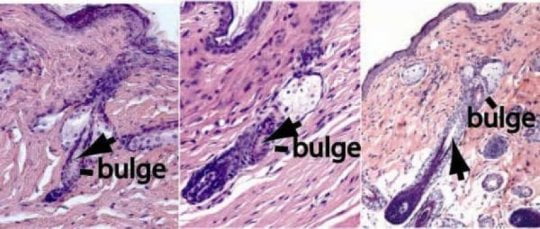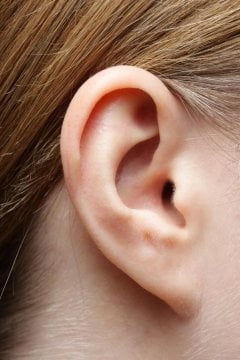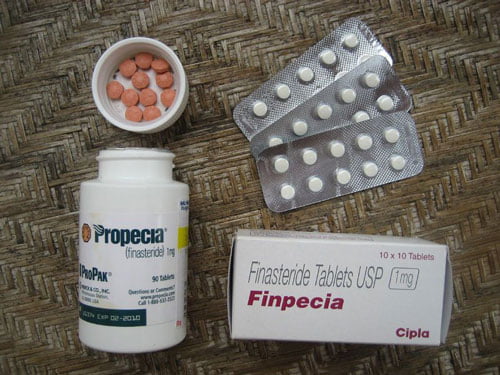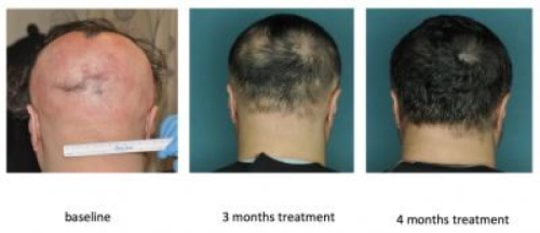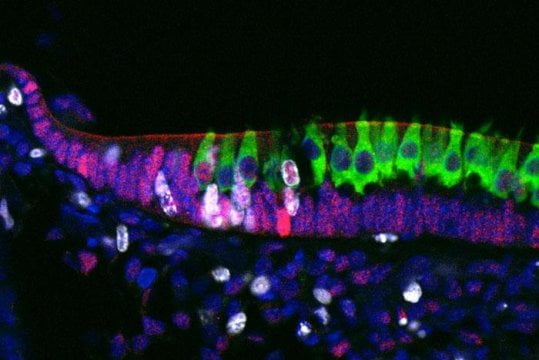
U.S. researchers have developed a skin patch that can melt fat in mice, and future tests will reveal whether it could treat obesity and diabetes in people, a study said Friday.
The patch uses nanotechnology to raise the body’s metabolism and transform energy-storing white fat into energy-burning brown fat, according to the report in ACS Nano, a publication of the American Chemical Society.
After four weeks, mice saw a 20 per cent reduction in body fat where the patch was applied.
“Many people will no doubt be excited to learn that we may be able to offer a noninvasive alternative to liposuction for reducing love handles,” said study co-author Li Qiang, assistant professor of pathology and cell biology at Columbia University Medical Center in New York.
“What’s much more important is that our patch may provide a safe and effective means of treating obesity and related metabolic disorders such as diabetes.”
Researchers have been searching for a way to transform white fat into brown fat, which is more common in newborns and protects the body from cold temperatures.
Drugs are available to promote this process, called browning, but they must be given as pills or injections, which exposes the body to side effects such as stomach upset, weight gain and bone fractures, Qiang said.
But the patch appeared to deliver the drugs directly to the fat tissue, avoiding these complications in rodents.
The drugs were encased in nanoparticles, each about 250 nanometers in diameter, 400 times tinier than a human hair.
These nanoparticles were loaded into a finger-tip sized skin patch containing dozens of microscopic needles that pierced the skin.
This released drugs gradually into the nearby tissue “in a sustained way instead of spreading the drug throughout the body quickly,” said patch designer and study co-author Zhen Gu, PhD, associate professor of joint biomedical engineering at the University of North Carolina at Chapel Hill and North Carolina State University.
The drugs used were rosiglitazone (Avandia) and a beta-adrenergic receptor agonist (CL 316243) that works well in mice but not in humans, said the report.
Patches were applied to the mice’s abdomens, and were replaced every three days for a total of four weeks.
Mice that were treated with either of the two drugs showed 20 per cent less fat in the affected area than mice given two empty patches.
Treated mice “also had significantly lower fasting blood glucose levels than untreated mice,” and about 20 per cent higher oxygen consumption, a sign of increased metabolism.
More work is needed before the approach can be tested in humans.
Researchers say they are studying which drugs — or combination of drugs — might work best to boost fat browning and metabolism.
Source:-.ctvnews.


